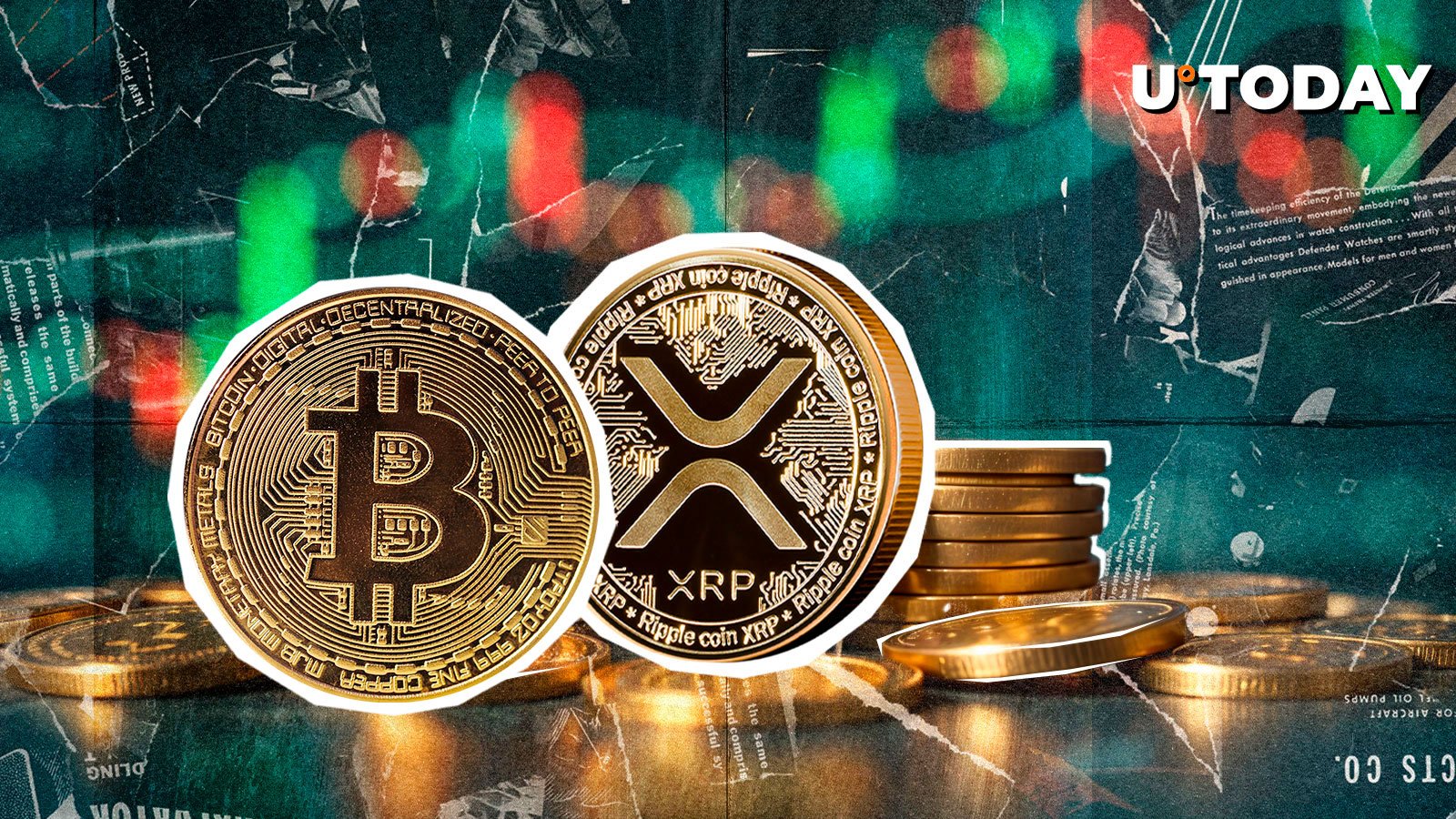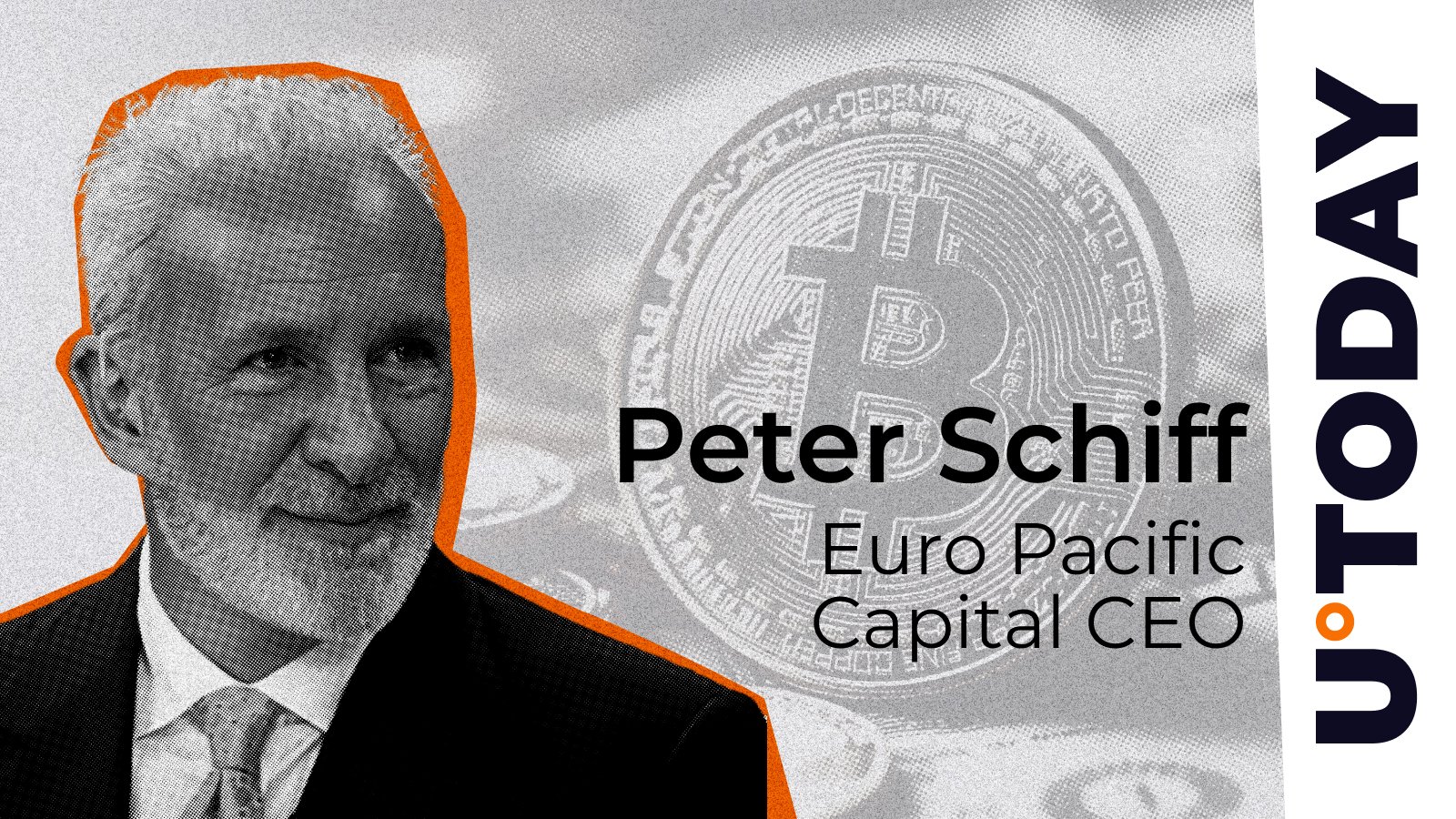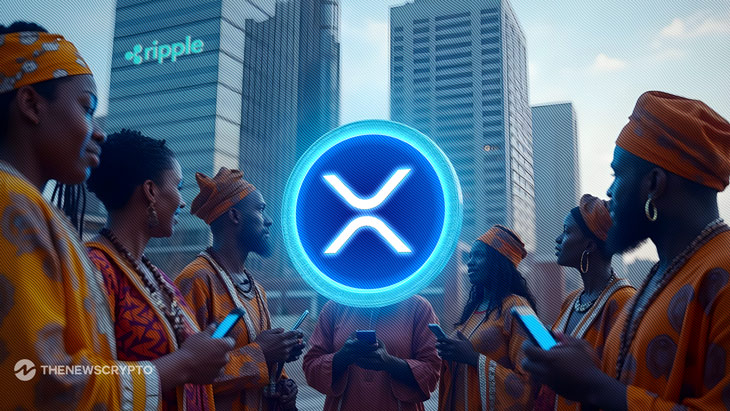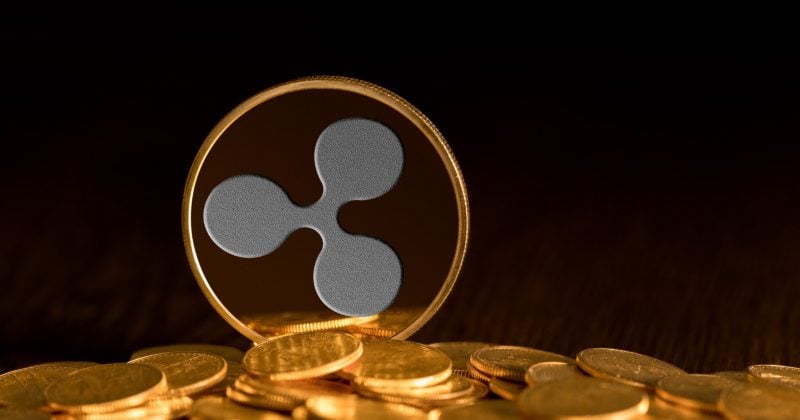The Ongoing Tussle: XRP vs. Bitcoin
In the ever-evolving landscape of cryptocurrencies, the relationship between the third largest digital asset, XRP, and its dominant counterpart, Bitcoin (BTC), continues to be a topic of intense interest and analysis. While both currencies share some similarities, their fundamental differences, market performances, and use cases set them apart.
Market Performance: A Tale of Two Coins
Bitcoin, the pioneer and largest cryptocurrency by market capitalization, has been the trailblazer in the industry since its inception in 2009. Its decentralized and open-source nature, coupled with its limited supply, has fueled its meteoric rise and widespread adoption. In contrast, XRP, created in 2012 by Ripple Labs, is a centralized digital asset designed primarily for cross-border payments and money transfers.
When examining their market performances, the discrepancies between Bitcoin and XRP become apparent. Bitcoin’s price volatility, driven by market speculation and investor sentiment, has led to significant price swings. On the other hand, XRP’s price has been more stable, reflecting its role as a bridge currency in financial transactions rather than a store of value or speculative asset.
Charting the Course: An Unfavorable Trend for XRP
A glance at the charts reveals an unfavorable trend for XRP in comparison to Bitcoin. Over the past year, Bitcoin’s price has surged, reaching an all-time high of around $65,000 in April 2021. In contrast, XRP’s price has remained relatively stagnant, failing to break above its previous all-time high of $3.84, set in January 2018.
Moreover, the gap between the two currencies’ market capitalizations continues to widen. As of August 2021, Bitcoin’s market capitalization stood at over $1 trillion, while XRP’s was a mere fraction of that, at around $70 billion. This disparity is a clear indication of the market’s perception of the two coins’ value and potential.
Impact on Individuals: Hodlers and Investors
For individual investors and hodlers, the ongoing tussle between XRP and Bitcoin translates to varying opportunities and risks. Bitcoin’s price surge has attracted a wave of new investors, driving up demand and pushing prices higher. Those who invested early and held onto their Bitcoin have seen substantial returns. However, the volatility of Bitcoin’s price also poses a risk, as sudden market shifts can lead to significant losses.
XRP investors, on the other hand, have faced a different set of challenges. The stable price of XRP, despite its potential use cases and partnerships, has failed to generate the same level of excitement and returns as Bitcoin. Moreover, regulatory uncertainty surrounding XRP has added to the coin’s risks, with the U.S. Securities and Exchange Commission (SEC) classifying XRP as a security in December 2020, potentially impacting its trading and use.
Global Implications: Regulation, Adoption, and Innovation
The dance between XRP and Bitcoin extends beyond individual investors and reaches global implications, particularly in the areas of regulation, adoption, and innovation. Regulatory clarity around cryptocurrencies, including XRP and Bitcoin, is crucial for fostering widespread adoption and ensuring investor protection. However, the differing regulatory approaches to centralized and decentralized digital assets, as seen with XRP and Bitcoin, can create confusion and uncertainty.
In terms of adoption, Bitcoin’s first-mover advantage and increasing mainstream acceptance have positioned it as the go-to cryptocurrency for transactions, investment, and store of value. XRP, with its focus on cross-border payments and partnerships with major financial institutions, offers a unique value proposition but faces stiffer competition from traditional payment systems and other cryptocurrencies.
Lastly, the ongoing competition between XRP and Bitcoin fuels innovation in the cryptocurrency space. The development of new technologies, partnerships, and use cases for both currencies drives growth and expansion, ultimately benefiting the entire industry.
Conclusion: A Future of Coexistence and Growth
The dance between XRP and Bitcoin is far from over, and the future of these two digital assets remains uncertain. While Bitcoin’s dominance in the market and price volatility may overshadow XRP’s potential, the latter’s unique value proposition and role in financial transactions cannot be ignored. As the cryptocurrency landscape continues to evolve, the coexistence and growth of both XRP and Bitcoin will shape the future of digital currencies and their impact on individuals and the world.
- Bitcoin’s dominance in the market and price volatility
- XRP’s unique value proposition and role in financial transactions
- Regulatory clarity and its impact on adoption
- Innovation and growth in the cryptocurrency space





